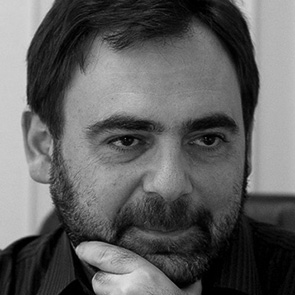
Ancient childhood. Toys. Games. Tiny objects and jewelry. Rituals. Subcultural relay race. Rites of transition. Imitation, socialization and skills transfer. Archaeological reconstruction.
Dear colleagues, This is our new cross-cutting theme that the Stratum plus editorial board offers to tempt your research abilities with.
This topic seems to have been out there all the time, yet never in the epicenter of our concentrated attention. It seems to be discussed, yet somehow casually, less seriously, never enjoying the time and the effort it deserves. Either in the sense of broad theoretical generalizations, or special publications of objects, complexes with appropriate analytical support.
At the same time, even if out of the corner of our eye, we continue to jealously note the remarkable progress in cultural anthropology – the work once started by Margaret Mead and Ruth Benedict. Some relatively recent archaeological reconstructions by Jane Eva Baxter suggest we are to expect the most intriguing discoveries in this field. Moreover, these discoveries are expected among the well familiar objects – some tiny objects, to be more precise, which were excavated, described, but, alas, published somewhere they do not belong to, that is, among the objects and stories of adulthood.
And these are, as it turns out, completely different stories. It is just as if you find a Lego set on a counter of a household store, or bump into the Molo brand for children in an ammo store. – It is not ok. In this sense, Stratum plus is ready to become a sort of a "Toy Store" of the past – from the Stone Age to the Middle Ages – and present concentrated images of the ancient childhood, its imperishable and reconstructed material evidence. So we will achieve progress on this topic – it may be a "childish" topic, but it has long deserved an adult and substantial approach.
Mark E. Tkachuk, doctor of history
First Rector,
High Anthropological School University
Editor-in-Chief,
international journal Stratum plus